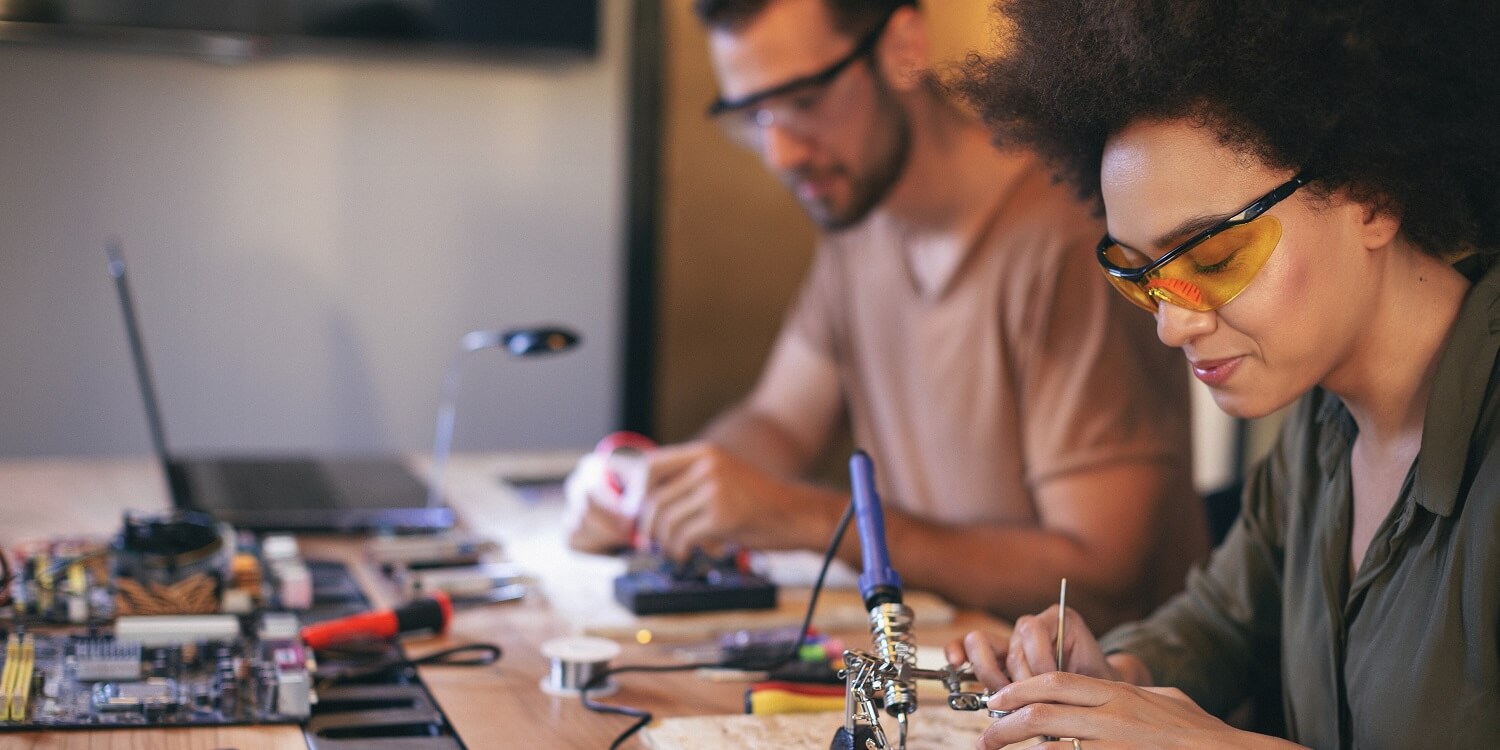
With the International Day for Women and Girls in Science fast approaching, it is timely to revisit the report, A Global Approach to the Gender Gap in Mathematical, Computing, and Natural Sciences: How to Measure It, How to Reduce It? Released in 2020 as part of a three-year project by nine international scientific organizations, the report suggested four areas of future work for the international scientific community to address the gender gap in science:
As a result of this project and the need to address the gap, the scientific unions involved continued to act together to further promote gender equality through a Standing Committee for Gender Equality in Science (SCGES) established in September 2020.
The Committee’s work includes supporting women and girls’ equal access to science education and fostering equal opportunity and treatment for women in their careers through events and capacity building.
One such event will take place on 14 February 2023 in conjunction with the International Day, the International Year of Basic Science for Sustainable Development (IYBSSD), and the International Union of Pure and Applied Chemistry – IUPAC’s – Global Women’s Breakfast.
The hybrid webinar event will take place in Paris and online, with organizers keen to reflect on the original report’s results, follow-up activities and outcomes, and to learn about alternative approaches to addressing the gender gap. They also have a keen eye on the need to build allies from the international science community, with both men and women encouraged to attend the event.
“Unions need to join forces to promote gender equality in across scientific disciplines” says Catherine Jami, a French historian of mathematics specializing in Chinese mathematics, a member of the International Union of History and Philosophy of Science and Technology (IUPHST), Chair of the SCGES, and a member of the writing team of A Global Approach to the Gender Gap.
Fellow member of the Standing Committee for Gender Equality in Science, Mark Cesa, past president of IUPAC, is keen to ensure the gender gap in science is not just an issue for women, but an issue for all, encouraging as many scientific unions as possible to sign up representatives for the hybrid discussion.
“Join women and men from international scientific unions on 14 February to discover ways to overcome the barriers to gender equality in science,” says Mark Cesa.
SPEAKERS: How to evaluate and reduce the gender gap in science? (14 February)